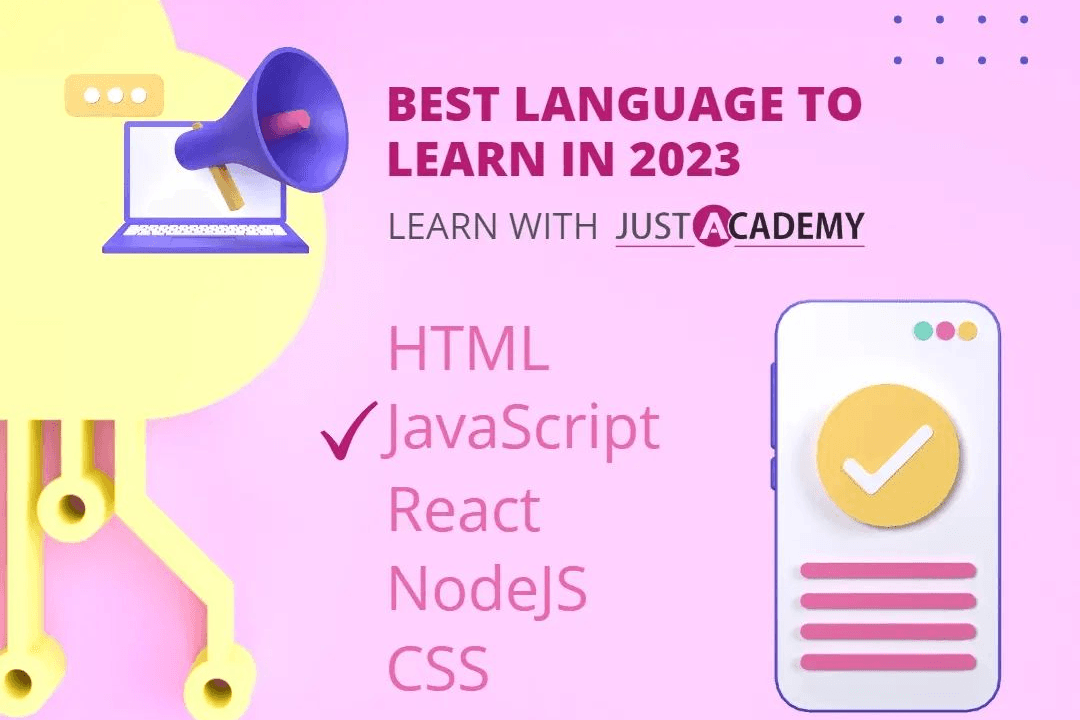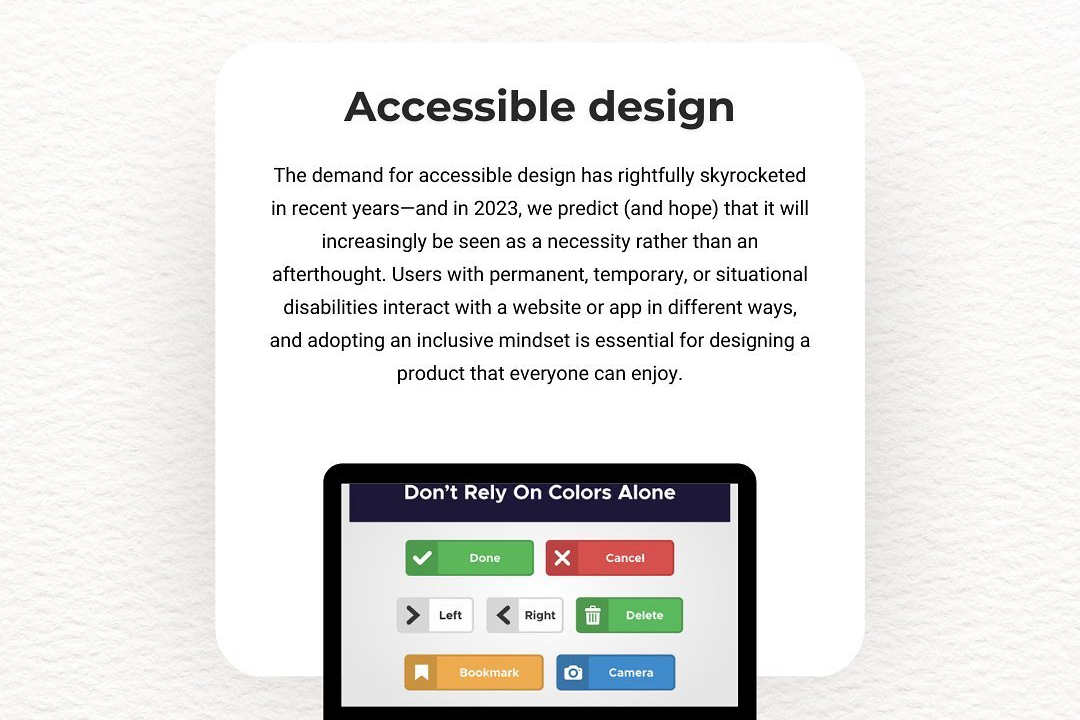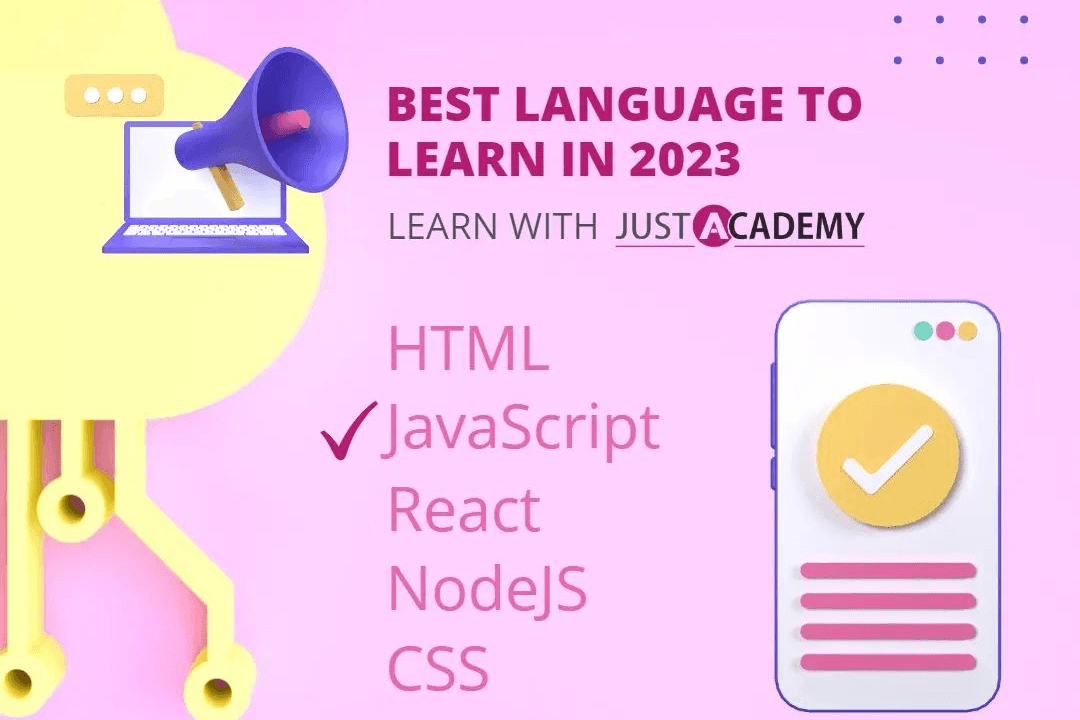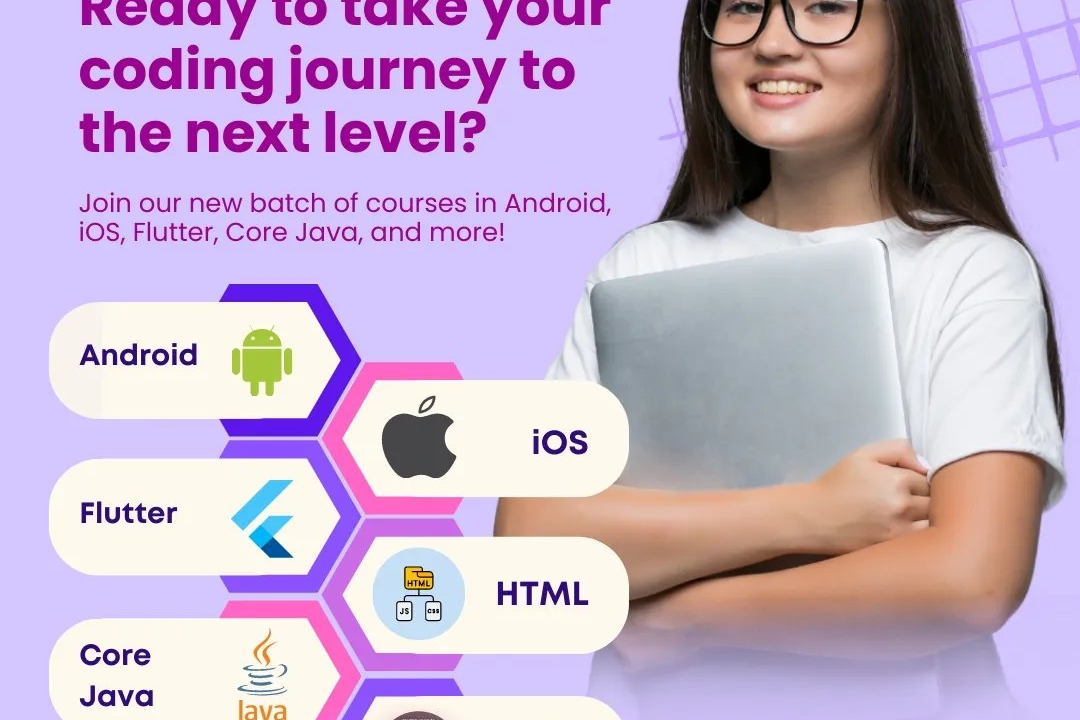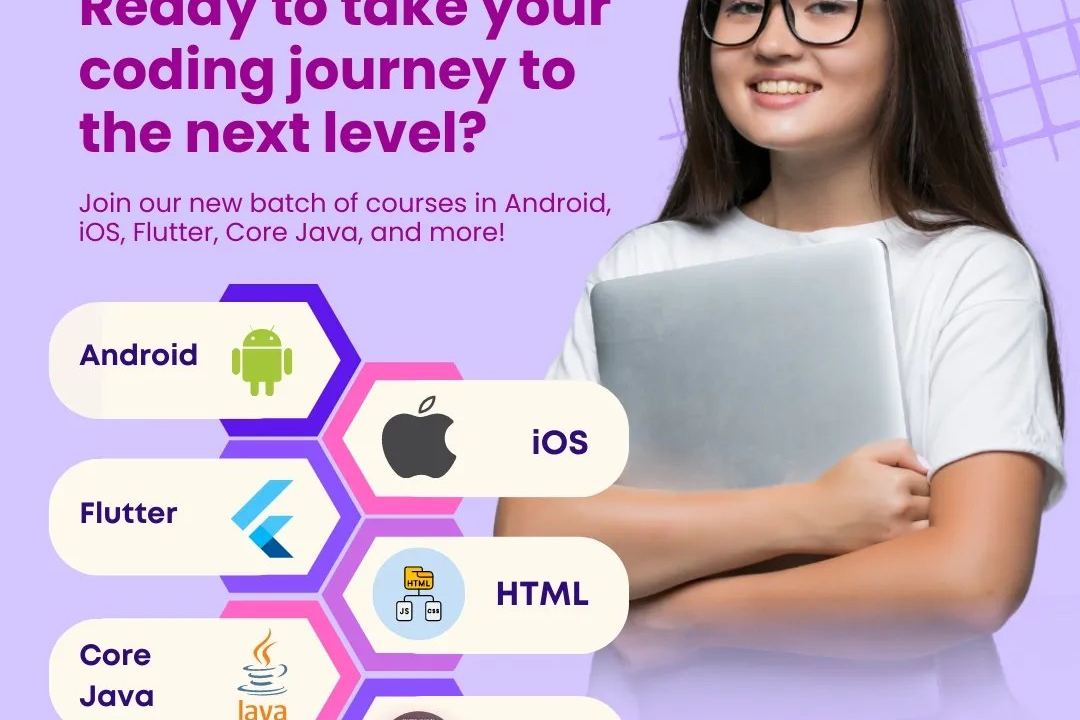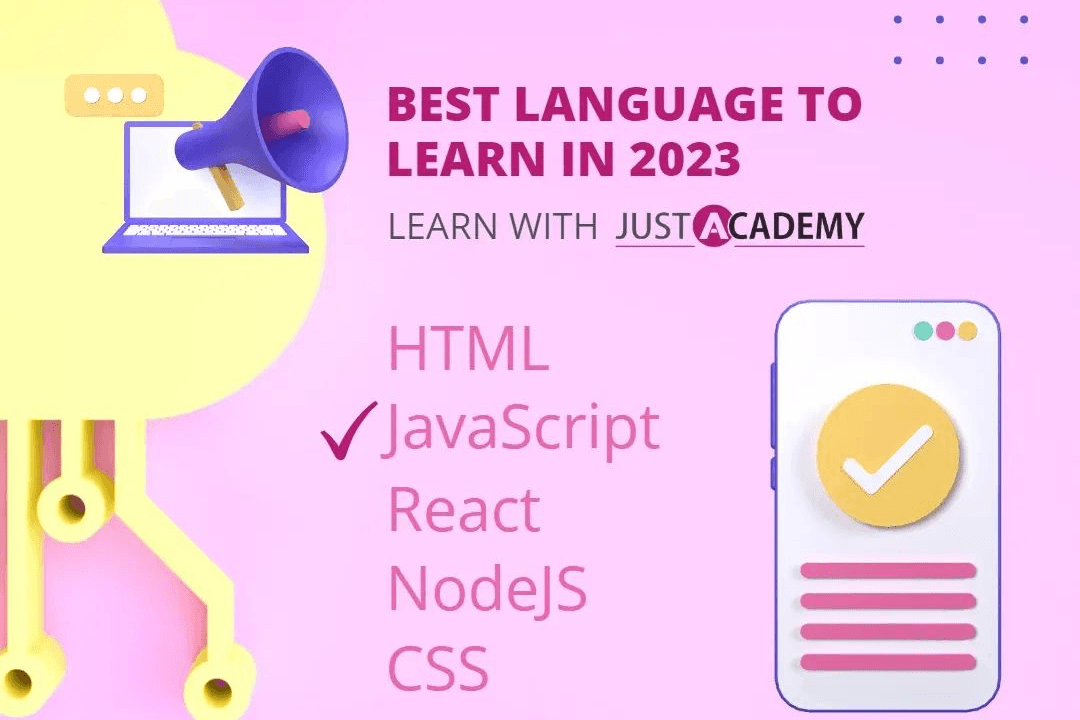Best Architecture For React Native
The best architecture for React Native applications typically embraces a modular design that separat
Best Architecture For React Native
The best architecture for React Native applications emphasizes a modular and component-driven approach, which enhances maintainability and scalability. By organizing the code into reusable components, developers can efficiently manage UI and logic, facilitating easier updates and collaboration. This architecture often incorporates state management libraries like Redux or MobX to streamline data flow and improve performance, while integrating React Navigation for seamless transitions between screens. Overall, this structured design promotes clean code practices, enables easier debugging, and supports real-time project features, ultimately leading to a more robust and responsive mobile application.
To Download Our Brochure: https://www.justacademy.co/download-brochure-for-free
Message us for more information: +91 9987184296
The best architecture for React Native applications emphasizes a modular and component driven approach, which enhances maintainability and scalability. By organizing the code into reusable components, developers can efficiently manage UI and logic, facilitating easier updates and collaboration. This architecture often incorporates state management libraries like Redux or MobX to streamline data flow and improve performance, while integrating React Navigation for seamless transitions between screens. Overall, this structured design promotes clean code practices, enables easier debugging, and supports real time project features, ultimately leading to a more robust and responsive mobile application.
Course Overview
The “Best Architecture for React Native” course provides an in-depth exploration of effective design patterns and architectural principles essential for developing high-quality mobile applications using React Native. Participants will learn how to implement a modular structure to enhance code organization, utilize state management solutions to ensure smooth data flow, and integrate navigation for optimal user experience. Through real-time projects, learners will gain practical insights into building scalable and maintainable applications, equipping them with the skills needed to excel in modern mobile app development. By the end of the course, students will be well-versed in best practices that promote both performance and efficiency in React Native development.
Course Description
The “Best Architecture for React Native” course is designed to equip developers with the essential skills and knowledge needed to build high-performing, scalable mobile applications using React Native. Participants will explore various architectural patterns, including MVC, MVVM, and Redux, while learning how to effectively manage state and implement modular code structures. Through hands-on projects, students will gain practical experience in integrating navigation, optimizing performance, and ensuring maintainability in their applications. By the end of this course, learners will possess a solid understanding of best practices that can significantly enhance their development process and application quality.
Key Features
1 - Comprehensive Tool Coverage: Provides hands-on training with a range of industry-standard testing tools, including Selenium, JIRA, LoadRunner, and TestRail.
2) Practical Exercises: Features real-world exercises and case studies to apply tools in various testing scenarios.
3) Interactive Learning: Includes interactive sessions with industry experts for personalized feedback and guidance.
4) Detailed Tutorials: Offers extensive tutorials and documentation on tool functionalities and best practices.
5) Advanced Techniques: Covers both fundamental and advanced techniques for using testing tools effectively.
6) Data Visualization: Integrates tools for visualizing test metrics and results, enhancing data interpretation and decision-making.
7) Tool Integration: Teaches how to integrate testing tools into the software development lifecycle for streamlined workflows.
8) Project-Based Learning: Focuses on project-based learning to build practical skills and create a portfolio of completed tasks.
9) Career Support: Provides resources and support for applying learned skills to real-world job scenarios, including resume building and interview preparation.
10) Up-to-Date Content: Ensures that course materials reflect the latest industry standards and tool updates.
Benefits of taking our course
Functional Tools
1 - React Native
React Native is the core framework utilized in this course, enabling developers to build mobile applications using JavaScript and React. With its ability to deliver a native like experience, React Native allows for efficient development of cross platform applications. Students will learn to leverage the framework’s built in components and APIs to create smooth user interfaces and responsive applications, ensuring they understand the underlying architecture and design principles that make React Native so powerful.
2) Redux for State Management
Redux is a popular state management library that integrates seamlessly with React Native. The course emphasizes the importance of maintaining application state in a predictable manner, allowing students to manage data flow efficiently across components. By understanding Redux, participants will be able to implement complex state management solutions, leading to more scalable and maintainable applications. This tool is essential for handling data in large applications that require synchronization across multiple views and components.
3) React Navigation
This tool is vital for managing navigation and routing in React Native applications. The course covers the various navigation strategies available within React Navigation, such as stack and tab navigators. Students will learn how to implement transitions and navigation patterns effectively, enhancing the user experience. Mastery of React Navigation allows developers to create intuitive navigation schemes that align with user expectations, leading to smoother interactions within the app.
4) Axios for API Integration
Axios is a promise based HTTP client that simplifies the process of making requests to APIs. In this course, students will learn how to use Axios to fetch and send data from their applications to backend services. This includes handling asynchronous operations, managing responses, and dealing with errors effectively. By mastering Axios, participants will be equipped to integrate their applications with external data sources, enabling dynamic content and robust user interactions.
5) TypeScript for Static Typing
TypeScript is introduced in the course to enhance code quality and maintainability through static typing. Students will learn how to integrate TypeScript with React Native, providing them with tools to catch errors early during development. The use of TypeScript encourages better coding practices and promotes a clearer understanding of code structure. This results in more robust applications and improved collaboration among team members by making codebases easier to read and understand.
6) React Native Debugger
React Native Debugger is an essential tool used for debugging applications during development. The course will train students on effective debugging techniques using this tool, enabling them to track down bugs and enhance application performance. Learning to utilize the debugger helps developers understand application behavior, monitor state changes, and optimize performance. This hands on experience with debugging tools prepares students to tackle issues in real world projects, ensuring that they can deliver high quality applications.
7) Firebase for Backend Services
Firebase can be incorporated into React Native projects to provide backend services, such as authentication, cloud storage, and real time databases. The course covers how to set up and utilize Firebase, allowing students to create feature rich applications without the overhead of managing their own server infrastructure. By leveraging Firebase, developers can focus on building engaging user experiences while relying on Firebase’s robust backend solutions to handle data management effectively.
8) Styling Components with Styled Components
Styled components is a popular library that allows developers to write CSS directly within their JavaScript files, facilitating a seamless styling experience. This course will cover how to use styled components in React Native, enabling students to create component level styles that are easy to maintain and scale. By employing this approach, developers can eliminate class name clashes and enhance the modularity of their styles, ensuring a more consistent design throughout the application.
9) Testing React Native Applications
The course will introduce various testing frameworks and methodologies suited for React Native applications, including Jest and React Native Testing Library. Students will learn how to write unit tests, integration tests, and end to end tests, ensuring that their applications are robust and free of bugs before deployment. By understanding testing best practices, developers gain confidence in their code and improve overall application reliability.
10) Building Responsive Layouts
Creating responsive designs is crucial for mobile applications, as users access them on a variety of screen sizes. This course will teach students how to use Flexbox and the Dimensions API in React Native to build adaptive layouts that work on both Android and iOS devices. By mastering responsive design techniques, students will ensure their applications deliver a consistent user experience, regardless of the device used.
11 - Using Native Modules for Enhanced Functionality
Students will learn how to extend the capabilities of React Native by integrating native modules. This includes using platform specific features and APIs, such as camera access, GPS, or other device sensors. The course provides hands on experience in bridging native code with React Native, allowing developers to create applications that leverage device capabilities beyond the standard React Native components.
12) Publish and Deploy Applications to App Stores
Understanding the publishing process is crucial for developers who want to bring their applications to a wider audience. This course covers the steps necessary to prepare and submit applications to both the Apple App Store and Google Play Store. Students will learn how to manage signing certificates, app store guidelines, and build configurations. By the end of this module, participants will be equipped to successfully launch their applications and understand the post launch maintenance required.
13) Integrating Analytics and Monitoring
Integrating analytics tools in mobile applications is essential for understanding user behavior and app performance. The course will cover how to implement tools like Google Analytics and Firebase Analytics to track user engagement and app usage. Students will learn to interpret data collected from these services, enabling them to make informed decisions about app improvements and feature development based on real user feedback.
14) Creating Offline Capabilities
In today's mobile world, users often expect applications to function without an internet connection. This course will teach students how to implement offline capabilities using libraries such as Redux Persist or AsyncStorage. Understanding how to manage local data storage and synchronization will help developers create resilient applications that provide a seamless user experience, even in low connectivity situations.
15) Accessing Device Features with React Native Permissions
Managing permissions efficiently is vital for creating apps that are in line with user privacy and security standards. This course will guide students on how to request and manage permissions for accessing device features such as the camera, microphone, and location services. Learning how to handle permissions properly is integral to building trustworthy applications that respect user choices and improve engagement.
16) Implementing Push Notifications
Push notifications are a key component in enhancing app user engagement. This course will detail how to set up and manage push notifications using tools like Firebase Cloud Messaging (FCM). Students will learn how to create, schedule, and handle notifications both in the foreground and background of an application. By mastering push notifications, developers can effectively communicate with users and keep them informed about relevant updates and information.
17) Exploring Continuous Integration and Deployment (CI/CD)
Understanding CI/CD practices is crucial for modern software development, ensuring that applications can be built, tested, and deployed automatically. This course will introduce students to CI/CD tools like GitHub Actions or CircleCI and demonstrate how to integrate them with React Native projects. By implementing CI/CD pipelines, students will learn to streamline their development processes, reduce errors during deployment, and enhance collaborative efforts within teams.
By covering these additional points, participants in the React Native certification program at JustAcademy will be well prepared to tackle real world challenges and create robust, feature rich mobile applications.
Browse our course links : https://www.justacademy.co/all-courses
To Join our FREE DEMO Session:
This information is sourced from JustAcademy
Contact Info:
Roshan Chaturvedi
Message us on Whatsapp: +91 9987184296
Email id: info@justacademy.co





